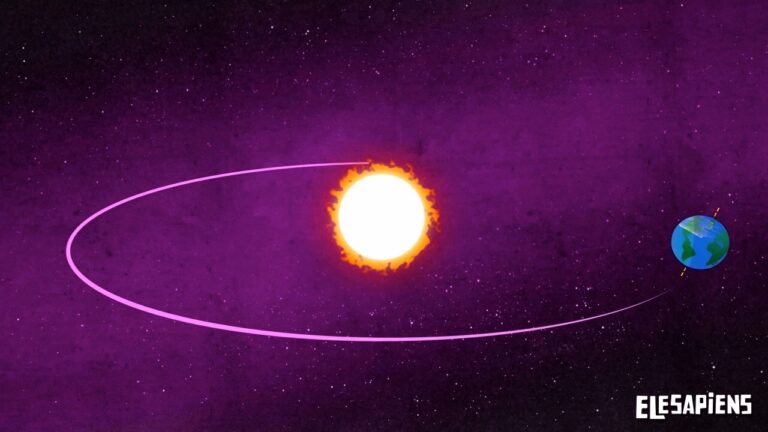How Earth REALLY Moves Through the Galaxy: The Surprising Truth
The idea that the Earth moves through space has been known for centuries, but the details of its movement are still shrouded in mystery for many people. While we know that the Earth orbits around the sun, and the sun orbits around the center of the Milky Way galaxy, the forces that influence our planet’s journey are complex and surprising. In this article, we’ll explore how Earth REALLY moves through the galaxy, and the surprising truths about our planet’s cosmic journey.

1.The Earth’s Orbit is NOT Circular
Most people are familiar with the idea that the Earth orbits the sun, but what you may not know is that the Earth’s orbit is not perfectly circular. In fact, it’s more of an ellipse, with the sun slightly off-center, which causes the distance between the Earth and the sun to vary over the course of a year. This phenomenon is known as the Earth’s eccentricity and plays a crucial role in determining the planet’s climate and seasons.
2.Our Galaxy is Moving Too
While it’s true that the Earth orbits around the sun, the sun is also moving around the center of the Milky Way galaxy. This means that the Earth is actually moving through space at a speed of around 514,000 miles per hour! However, this motion is not just a simple circular orbit, as the Milky Way itself is rotating, and our solar system moves with it. This movement results in a complex, spiraling path that takes the Earth on a cosmic journey through the galaxy.
3.Gravity Plays a Critical Role
The movement of the Earth through the galaxy is primarily influenced by the force of gravity. The gravity of the sun keeps the Earth in orbit, while the gravitational pull of other celestial bodies, such as the moon and nearby planets, also affect its movement. Additionally, the gravitational forces of nearby stars and galaxies can have an impact on the Earth’s trajectory.
4.The Earth’s Axis is Tilted
Another factor that influences the Earth’s movement is its axial tilt, which is the angle between the planet’s rotational axis and its orbital plane. The Earth’s tilt is currently about 23.5 degrees, and it is responsible for the changing seasons as different parts of the planet receive more or less sunlight throughout the year.
5.Cosmic Collisions are Common
While the Earth’s movement through the galaxy may seem smooth and predictable, cosmic collisions are a very real threat. Our planet is constantly bombarded by small rocks and debris, which burn up in the atmosphere as shooting stars. However, larger objects, such as asteroids and comets, can have a devastating impact if they collide with the Earth. Scientists are constantly monitoring the skies for potential threats, and efforts are underway to develop technologies that could deflect or destroy incoming objects.
Conclusion
The Earth’s movement through the galaxy is complex and influenced by a range of factors, including the eccentricity of its orbit, the movement of the Milky Way galaxy, the force of gravity, the axial tilt, and the risk of cosmic collisions. Understanding these factors can help us better appreciate the intricate and awe-inspiring journey of our planet through the cosmos.
Do not forget to share your opinion with us to provide you with the best posts !




0 Comments